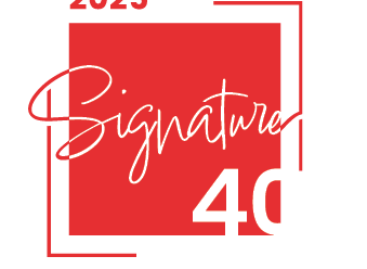Germany-Hungary: we take the lead once again
At the Grüne Woche trade fair in January 2010, Germany will honour us with the „Partner Country” status, which is a great challenge and a task we have to prepare for thoroughly. In the light of this, it would be useful to overview our relations on the German market. In terms of both food export and import, Germany has traditionally been our major agricultural market. The state of the German economy always significantly influences Hungary’s economic trends. As a result of the worldwide financial and economic crisis that broke out in October 2008 in the United States, the economies of developed or up and coming countries were pushed into recession. It has become obvious by now that the crisis affects our German relations as well. Market analysts predict a downturn of 5-6 percent of the GDP for 2009 and that would result in shrinking import and domestic market protection. At the same time, traditional relations are revaluated in this economic environment. The question is, whether German consumers are receptive to our products or we are forced to export half-processed products that will disappear in German food processing plants and retail chains. In 2007, 36 percent of Hungary’s export targeted Germany, while in 2008 we exported 34 percent. Agricultural products are important in the economic relations between the two countries, but they are not of key importance. For instance, in 2007, agricultural products had a 3.5 percent (EUR 685 million) share of our export to Germany and the same ratio was 4.4 percent in 2008. The period between 2000 and 2008 brought significant changes in our agricultural trade with Germany. Hungary’s accession to the European Union in 2004 was milestone, with our export to Germany doubling and import growing sixfold, making our traditionally positive trade balance negative. It must be added that in the past two years Hungary’s agricultural export increased dynamically, above 25 percent in both 2007 and 2008; import from Germany only grew by 19 percent in 2007 and 13 percent in 2008. The reasons behind our negative balance are manifold: an overvalued Forint, obsolete technology, lack of innovation and infrastructural problems. Among these, the strong Forint was the driving force behind slowing down export growth and increasing import. It is also noteworthy that the foreign trade statistical system of the European Union does not use the “country of origin” concept on the internal market, therefore tropical fruits, coffee or soy coming to Hungary from outside the EU are statistically considered German products if they enter the EU at a German port. Examining the different product groups, we can see that dairy products, crop products, fruits, oily seeds, raw materials of plant origin and food by-products are on the increase. For instance 40 percent of our oily seed export goes to Germany. In the case of import, meat, milling industry products, vegetables, coffee and tea are the augmenting categories. Most of our export products, more than 30 percent, were unprocessed or low-processed products in 2008. Between 20 and 30 percent, we find fresh fruits and vegetables, and the processed/preserved versions of these. Meat and meat products represented 10-20 percent of our export to Germany. Out of 24 product groups, Hungarian export was up in 16. In the meat and meat product, dairy product, coffee, tea, cocoa and cocoa product categories 35-40 percent of our annual import comes from Germany. Compared to data from 2007, import augmented in 19 product groups. Coffee, tea and spice import doubled, however dairy product import slightly reduced and cereal import diminished by one third. Hungarian meat and meat products have a 16.3 percent share on the German market (EUR 166 million in value), while German meat and meat products cover 34.3 percent of our import (EUR 101 million in value). As for the total amounts of export to and import from Germany in 2008, export surpassed import by nearly EUR 40 million. However, unprocessed agricultural products generated three quarters of our trade surplus, for instance, our oily seed export valued EUR 200 million and cereal export reached EUR 100 million. In 2008, our trade balance was positive again after so many years, although only by a moderate export surplus. What is more, in the first four months of 2009, Hungarian export dynamism continued on the German market.
Related news
Related news
Signature 40 – the region’s new common language: An interview with founders Márton Nagy and Ádám Vaszary on the new dimension of the Signature Platform in 2026
🎧 Hallgasd a cikket: Lejátszás Szünet Folytatás Leállítás Nyelv: Auto…
Read more >Superbrands celebrated again in 2025
🎧 Hallgasd a cikket: Lejátszás Szünet Folytatás Leállítás Nyelv: Auto…
Read more >(HU) Karácsonyi tv-reklámok 2025 – indul a közönségdíj szavazás
🎧 Hallgasd a cikket: Lejátszás Szünet Folytatás Leállítás Nyelv: Auto…
Read more >



